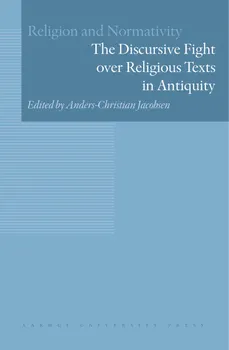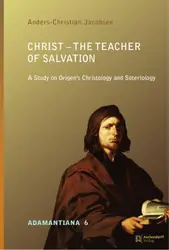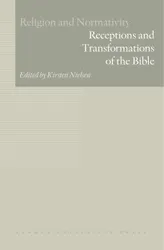As indicated by the title, this volume focuses on an area of conflict that became decisive for the development of Christianity, i.e. which group of texts should be regarded as normative for the preaching of the Christian faith, and how these texts should be interpreted. Several centuries were to pass however before there was consensus in the Church on this matter. There were no foregone conclusions and a great number of disputes arose. The most viable opinions therefore are reflected in the texts that, together, form the New Testament canon.
Through many years, Christians as a religious and social group established their own identity, giving preferential treatment to a certain collection of texts which became normative for the lives and worldview of the believers. Frictions can arise however, even in a religious community that agrees on the delimitation of the texts that form the basis of their faith. These frictions were expressed in interpretations of the canonical texts.
The aim of this volume is to elucidate the processes in the history of early Christianity that became important for the formation and interpretation of the New Testament canon. The first part of the book deals with theoretical questions, while the second part provides examples of concrete discussions about the formation and interpretation of the normative biblical canon. The last chapter in addition presents a process parallel to the formation of the biblical canon, namely the formation of the Mandaean corpus of normative texts.




